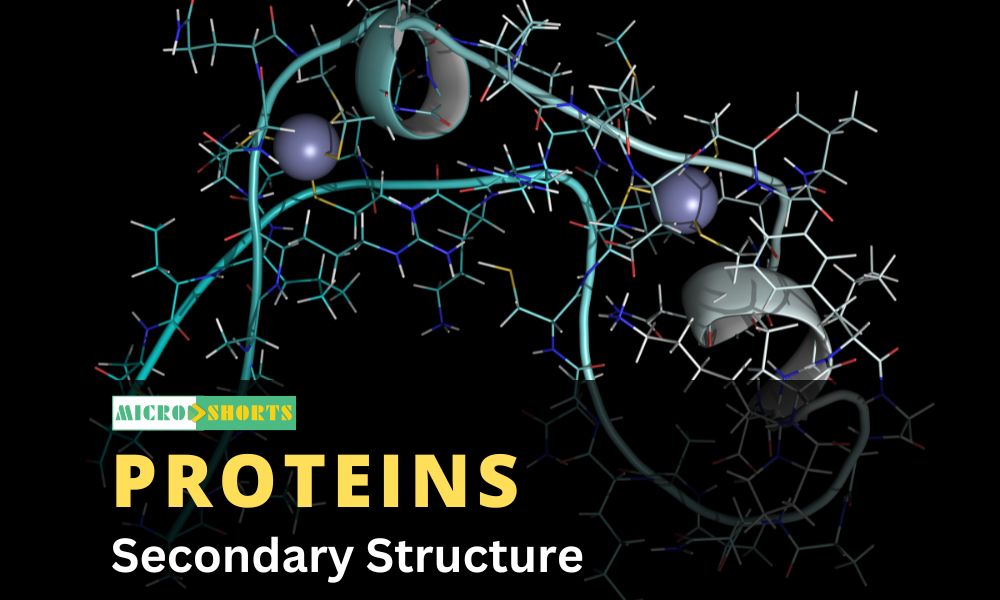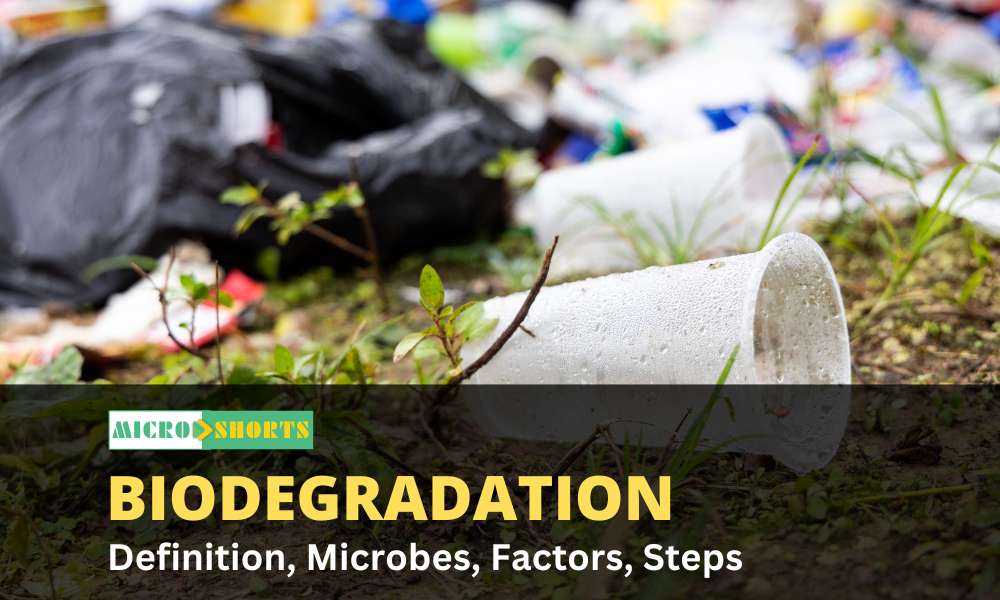Acidophile Definition and Characteristics
- Acidophiles are organisms that can survive and thrive at highly acidic conditions (usually at pH 2.0).
- Acidophilic microorganisms thrive in extremely low pH natural and man-made environments such as acidic lakes, some hydrothermal systems, acid sulfate soils, sulfidic regoliths, and ores, as well as metal and coal mine-impacted environments.
- Highly acidic environments are formed by the oxidation of the metal and other sulfidic minerals that are populated by a range of acidophilic and acid-tolerant prokaryotic and eukaryotic life forms.
- Heterotrophic, acidophilic bacteria, often living in close association with chemolithotrophic primary producers, have also been isolated from extremely acidic environments.
- The most widely studied acidophiles are prokaryotes that oxidize reduced iron and sulfur. They can catalyze the oxidative dissolution of metal sulfide minerals such as pyrite (FeS2), thereby severely acidifying the environment (often to pH less than 3) in which they thrive.
- There are several natural acidic environments that include volcanic areas, hydrothermal sources, deep-sea vents, metal mining areas, and the stomachs of animals.
- Acidophilic organisms belong to all three domains of life; archaea, bacteria, and eubacteria, but archaea represent the largest acidophilic group of organisms.
- Physiologically, the acidophiles are very diverse: aerobic and facultative anaerobic, chemolithotrophs, and different types of heterotrophic prokaryotes, photoautotrophic eukaryotes, predatory protozoa, and others.
Acidophile Mode of adaptation
Membranes
- One of the adaptations that contribute to maintaining the intracellular pH of acidophiles is the impermeability of the cell membrane, which restricts the influx of protons into the cytoplasm.
- In acidophilic archaea, there is a strong association between the presence of tetraether lipids in the cell membrane and tolerance to acid pH.
- Reducing the pore size of membrane channels has been proposed as another mechanism to maintain pH homeostasis to prevent protons from entering the cells.
- Another successful modification is the incorporation of very-long-chain dicarboxylic fatty acids which make up more than 50% of the membrane fatty acid.
- These specialized mechanisms prevent the entry of protons into the cell and the acid hydrolysis of the membrane.
Cytoplasm
- Acidophiles maintain pH homeostasis by removing excess protons from the cytoplasm by different mechanisms.
- In the case of bacteria such as Bacillus acidocaldarius and T. acidophilum have the ability to actively pump protons out of their cytoplasm to maintain pH homeostasis, and this process is associated with the respiratory chain.
- In addition, the numerous proton-driven secondary transporters also act as an adaptation to survive at a low pH environment.
- The buffering capacity of the cytoplasm of acidophiles is also an important means of physiological adaptation of acidophiles.
- The cells contain buffer molecules that have basic amino acids such as lysine, histidine, and arginine, and these molecules help in proton removal.
Organic acids
- Organic acids like acetic or lactic acid function as uncouplers of the respiratory chain at low pH by diffusion of the protonated form into the cell.
- Therefore, the degradation of these organic acids might be used by heterotrophic acidophiles to prevent their harmful effect.
Acidophile Examples
- Some examples of acidophilic organisms include Lactobacillus, Thiobacillus sulfolobus, Bacillus acidocaldarius, Thermoplasma acidophilus, Picrophilus, Ferroplasma acidiphilum, Acidithiobacillus, Leptospirillum, Acidobacterium spp., Sulfobacillus, etc.
Alkaliphile Definition and Characteristics
- Alkaliphiles are a group of extremophiles that can live and thrive in environments with extremely high pH value (9-13) with the optimal pH being 10.
- Alkaliphiles are of two types; obligate alkaliphiles growing only in environments with pH higher than 9 and facultative alkaliphiles that can live both at neutral pH and alkaline conditions.
- Most of the organisms described to date as growing under very alkaline conditions are prokaryotes, comprising a heterogeneous collection of eubacteria with a few examples of archaebacteria.
- Alkaliphiles can be isolated from ‘normal’ environments such as garden soil presumably because there are transient alkaline conditions generated in such environments by biological activity.
- Alkaliphiles are believed to be the earliest life forms on Earth which originated billions of years ago in deep-ocean alkaline hydrothermal vent systems.
- Alkaliphiles thrive in many geographical locations across the planet, both in natural and manmade alkaline environments like alkaline soda lakes, soda deserts, and saline soda soils.
- Other natural habitats in which alkaliphiles flourish include the alkaline serpentine lakes, oceanic bodies, ikaite tufa columns, and alkaline hydrothermal vents.
Alkaliphile Mode of adaptation
pH Homeostasis
- The intracellular pH homeostasis is a vital adaptation shared by all alkaliphiles as all alkaliphiles maintain lower cytoplasmic pH than its external environment.
- Some of the most important adaptive mechanisms that play a significant role in pH homeostasis are acquiring H+ from the extracellular environment, reducing H+ leakage from the cytoplasm, production of organic acid, and deterring the diffusion of OH– from the extracellular environment.
- The monovalent cation or proton antiporters that exchange the intracellular cations such as Na+ and Li+ for the extracellular H+ are important mechanisms to increase H+ concentration in the cytoplasm.
- The ATP synthases of alkaliphiles also have a remarkable contribution to the pH homeostasis where they do not have ATPase activity, thus, preventing the release of protons out of the membrane during the transport chain.
Acid production
- Alkaliphiles produce metabolic acid through sugar fermentation and amino acid deaminases.
- The acid production contributes to the pH homeostasis primarily by increasing the cytoplasmic H+ concentration.
- Moreover, acid production, in addition to preventing cytoplasmic alkalinization, can increase the availability of H+ in the vicinity of the cell.
Cell envelope
- The cell envelope in alkaliphiles consists of secondary cell wall polymers that are rich in negatively charged residues such as aspartic acid, galacturonic acid, glutamic acid, and phosphoric acid.
- The highly negatively charged cell wall structure interacts with cations such as H+ that can delay the rapid loss of H+ from the cell surface, enhancing the bioenergetics of the alkaliphiles.
- The cell membrane of alkaliphiles consists of about 90% of branched fatty acids which help in pH homeostasis by reducing H+ leakage.
Damage Repair systems
- Alkaliphiles also employ different damage repair systems to maintain the necessary level of functional biomolecules, repairing the damage incurred by cytoplasmic alkalinization.
- An increase in the level of chaperone and release of protein damage repair enzymes are some of the well-studied mechanisms.
- Chaperons are known to be involved in refolding proteins that are unfolded by stresses, thus increasing the tolerance levels.
Alkaliphile Examples
- Some of the examples of alkaliphiles include Bacillus alkaliphilus, Bacillus pasteurri, Bacillus halodurans, Halobacterium, Clostridium paradoxum, Halomonas pantelleriensis, Alkaliphilus hydrothermalis, etc.









Comments